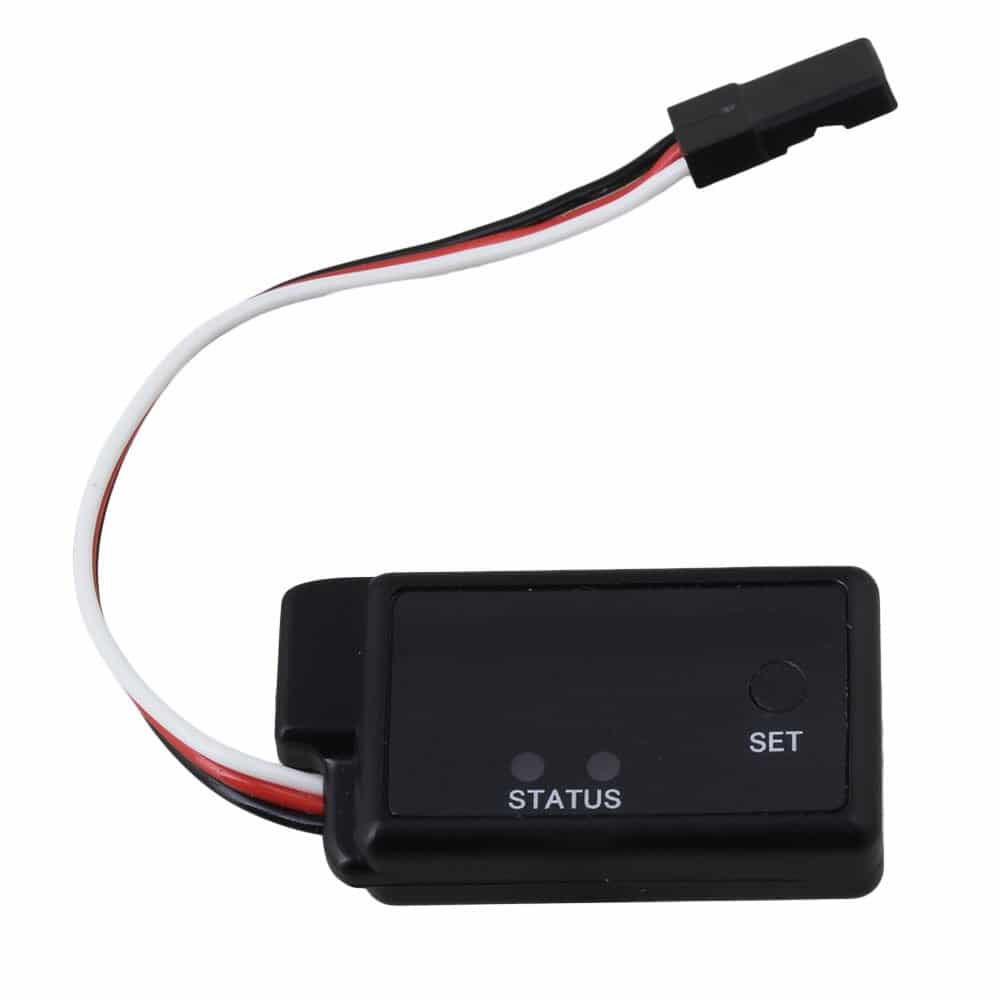When you’re on the race track, you definitely want to have fun and especially want to win the race, but, while this sounds very good, you should keep in mind that you should do the best you can to protect your RC car from malfunctions.
Installing a fail-safe device on your RC vehicle is required especially when you’re racing at the track or just cruising the streets or parking lot in order to prevent loss of control if you lose radio signal. Fail-safe units are good in the case of radio interferences, but what happens if your throttle linkage falls or breaks or when your receiver pack of throttle servo disconnects? Your slide carb will remain fully or partially opened and nothing will be able to close it. Moreover, your engine is wide open during this malfunction and there is nothing to protect it.
This might seem like a horror-like and terrifying scenario, but luckily there are several solutions in order to prevent this. The first one we already mentioned above and it’s electronic fail-safe unit, which can be easily installed on your RC car. In order to install it on your RC car, you should attach the channel 1, the steering, and channel 2, the throttle servo leads into the fail-safe unit. Afterward, you need to install the channel 1 and 2 leads from the unit to the receiver. Make sure that they are secured in the right place. Next, you should bind the unit to your radio system by turning on the transmitter and then pressing the button on the fail-safe unit. If this operation is successful, the LED on the unit will flash and then will stay turned on.
Now it’s time to test the unit by powering up the transmitter and radio system. Next, you should turn the steering wheel all the way to the right and squeeze the throttle trigger so that the carburetor is opened in full throttle positions. While holding all these in these positions, you should turn off the transmitter. Both the steering and throttle servos should return to the normal neutral position if the fail-safe is working well.
The electronic fail safe unit is just one way of handling and preventing possible malfunctions of this type. The second device is fairly simple to install, and that’s because it’s just a rubber band put in a strategic place. You just have to wrap the rubber band around the base of the carburetor and then loop the other end to the throttle arm. The rubber band should pull the throttle arm closed, but don’t tighten it too much or else the throttle servo won’t have enough torque to open the carburetor to the full-throttle position. Test the throttle to make sure that the carburetor opens and closes normally. Turn on the transmitter and power up the car; next, you should squeeze the throttle trigger to the full-throttle positions and turn off the transmitter. Like in the case of the fail-safe unit, the throttle should close immediately when the signal is lost.
There’s another way to prevent your RC car from damages due to loss of signal. The throttle return spring can be considered a must-have for racers or everybody who runs a nitro RC car. Some cars already have it installed, but most of them don’t. It’s very cheap and easy to find either at your local hobby store or online. All you need is a zip tie and the spring.
First, you need to remove the air filter and disconnect the throttle linkage from the carburetor. Insert the ball stud of the carburetor into the loop at the one end of the spring and put a zip tie in the second loop, which you need to tighten around the carburetor near the fuel inlet. Make sure that the spring is loaded enough to fully close the slide carburetor. Reinstall the throttle linkage and the air filter.
Now, it’s time to test it. Turn on the transmitter and verify if the carburetor operates freely when you apply throttle. Apply full throttle, but turn off the receiver switch. If the throttle return spring is installed correctly, the throttle servo goes back to being fully closed. If not, you should reinstall the spring farther over the fuel inlet.






